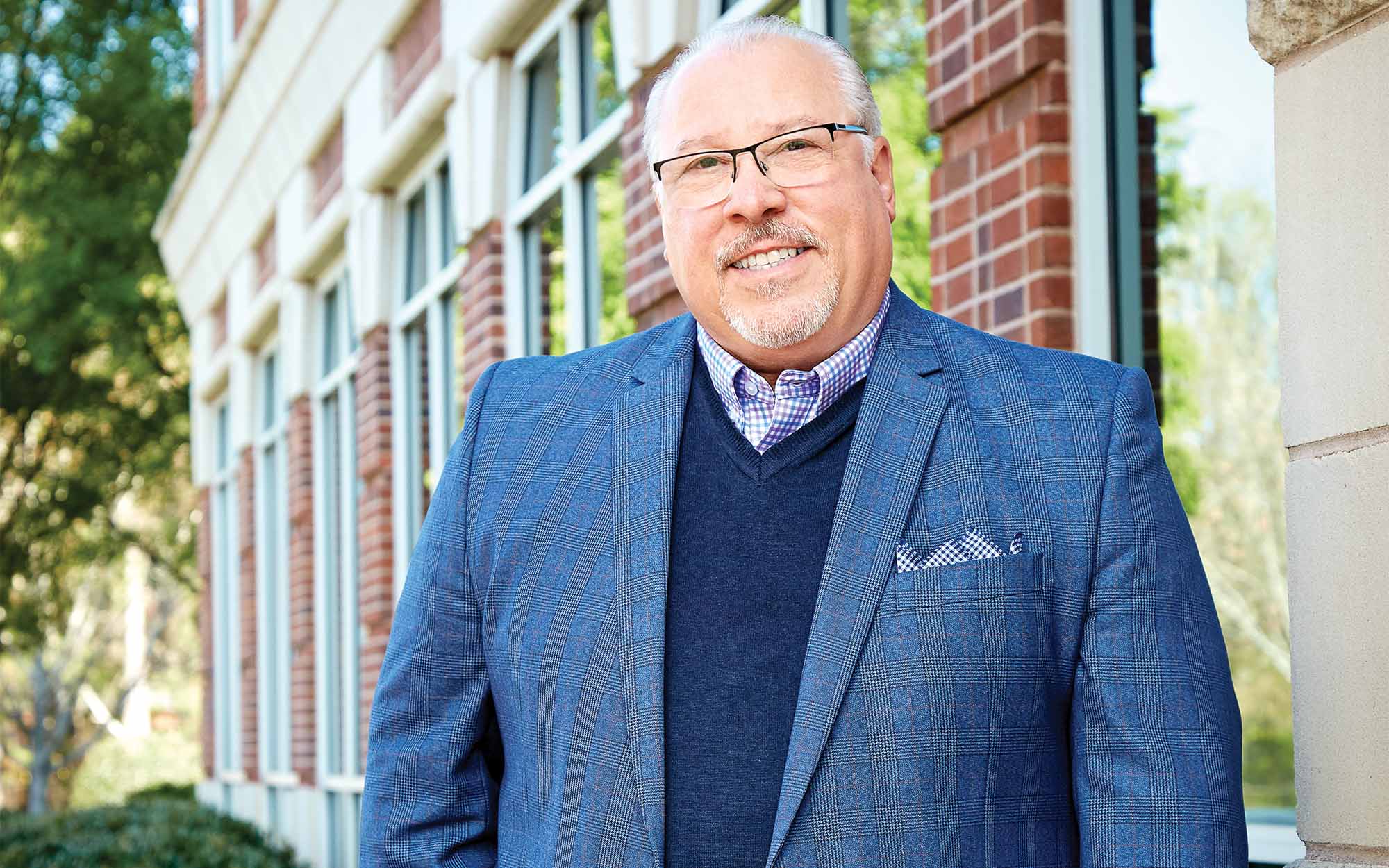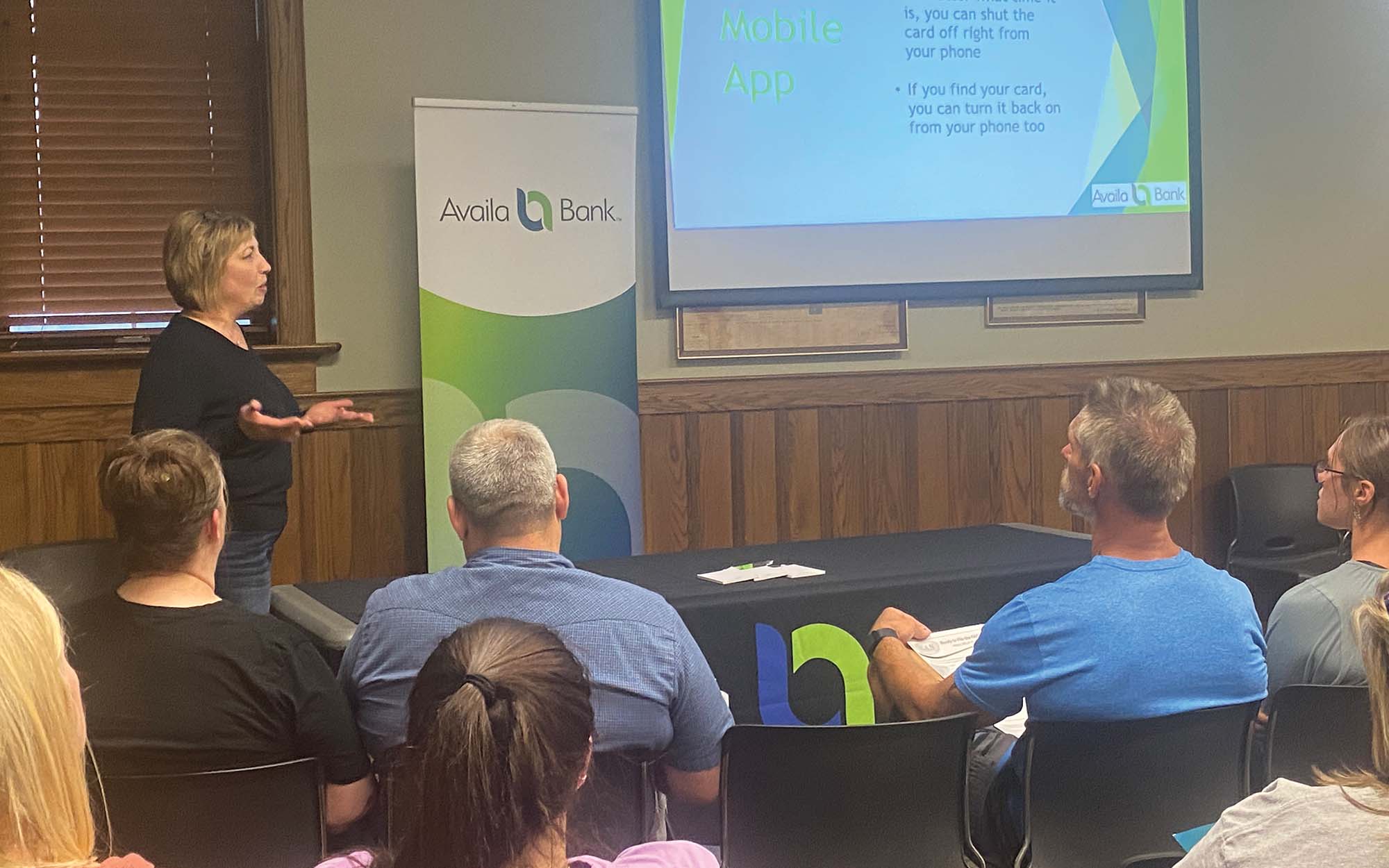“What if?” How many times and how many ways has a conversation like this begun with a community banker?
Borrower: What if you hold the title on my 1979 Ford Pinto as additional collateral?
Auditor: What if your held-to-maturity bonds go further underwater?
Loan officer: What if we put a 6% cap on this floater?
Stockholder: What if you bought my 25 shares at three times book?
Depositor: What if you pay me an extra five basis points on my $5,000 CD?
Examiner: What if the Treasury defaults on its debt?
What if you could purchase a full faith and credit instrument that pays monthly principal and interest, adjusts each quarter based on prime with no caps, has little or no prepayment risk and outyields the 10-year Treasury by 100 basis points (1.0%)?
7(a) loans: highly valued
All of the above qualities currently exist in a Small Business Administration (SBA) 7(a) loan pool. These have long been the choice of investors looking for additional yield on the very shortest end of the maturity spectrum. Most 7(a) pools adjust with the calendar quarter, although there are some monthly adjusters available. They also have no rate caps, either periodic or lifetime, so when we endure a year like 2022 when fed funds rose 425 basis points (4.25%), these floaters went up lockstep. All these factors make SBA securities the most rate-sensitive of any in the market.
There has been a lucrative two-way market for SBA pools for at least 30 years. Community bank lenders like the ability to make loans to qualifying borrowers that don’t quite fit the standard parameters. They also like the ability to sell the guaranteed
portions of the loans (usually 75%), and retain the servicing and the relationship. And they especially like selling them at big premiums. At the start of 2023, the balance on outstanding 7(a) pools was over $38 billion, which was a high water
mark for the agency. Around four out of 10 loans originated are sold into the secondary market, to a variety of SBA poolers.
Response to demand
To a community bank investor, the rub with the pools has historically been the high purchase prices. Risk-averse portfolio managers covet all of the characteristics of a 7(a) pool, except for the premiums. While there are ways to manage those prepayment exposures, there’s no getting around the fact that an instrument that costs 110 cents on the dollar or more, that can prepay at any time, contains risk.
The positive is that short-term bonds outyield longer-term bonds so, today you don’t have to extend your maturities for reasonable returns.
In response, there are SBA securities being issued and available at prices very near par. As part of the pooling process, certain amounts of the loan rates can be stripped off for alternative uses, leaving just enough coupon pass-through on a given bond to result in a market price between, say, 99.50 and 100.50.
Price stability
You may have heard that the yield curve is inverted. (It’s not exactly news—it’s been that way since last June.) This is a concrete example of the good news/bad news environment in which community banks invest. The positive is that short-term bonds outyield longer-term bonds, so today you don’t have to extend your maturities for reasonable returns. The negative is that an inverted curve is usually followed by a secular drop in rates, especially on the short end. True floaters, like SBA 7(a)s, will be the first to see their yields fall.
However, it’s totally uncertain that any rate-cutting will happen in the near future. Macro indicators like GDP, employment and inflation aren’t pointing to recessions anytime soon. And though the current level of fed funds is approaching the normal stop-out point in a rate-hike cycle, maybe we’re in for a period of stable rates. “Higher for longer” is the mantra of some rate hawks in 2023.
If so, then the current yields on these 7(a) pools are quite handsome. It’s not too difficult to achieve a return of around prime minus 270 basis points, which as of this writing equates to a true yield of over 5%. Where’s the value in that?
For starters, the 10-year Treasury note has averaged about 3.70% this year. For closers, these par-level bonds have virtually no prepayment risk and very little price risk, are pledgable and produce monthly cash flow. They also can be great items to sell, if and when a community bank decides it needs to extend its duration.
What if you committed a portion of your securities portfolio to investing in SBA 7(a) pools?
Quarterly bank strategies webcast
ICBA Securities’ endorsed broker Stifel hosts its next strategies webcast May 18 at 1 p.m. Eastern. Several members of Stifel’s Fixed Income Strategies staff will discuss current opportunities and relative value. Up to 1.5 hours of CPE are offered. To register, contact your Stifel rep.
Bank management fundamentals webcast
Marty Mosby, director of Stifel’s Enterprise and Risk Management Analytics (ERMA), presents his next quarterly webcast June 6 at 1 p.m. Eastern. Participants can earn up to one hour of CPE. Register Here »






